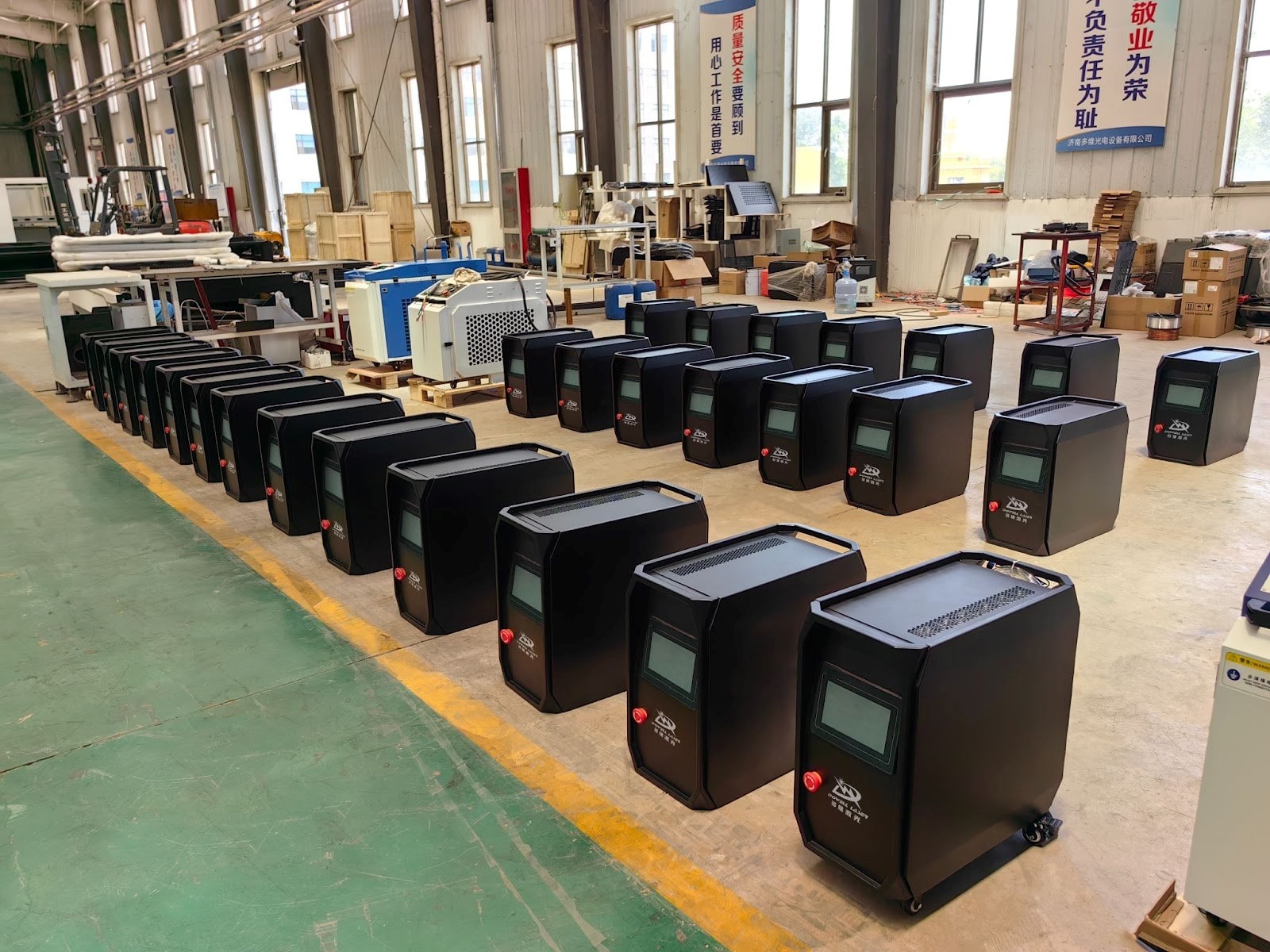Page Contents
History background:
Laser welding technology originated in the mid-20th century. The concept of welding using a concentrated beam of light was first proposed in the 1950s. It evolved from the basic principles of lasers developed by scientists such as Arthur Scholl and Charles Townes. Over time, this experimental idea transformed into an important manufacturing process.
Early applications:
In its initial stages, laser welding faced doubts and challenges. Early applications were experimental and limited by existing technology. Challenges include controlling the intensity of the laser beam, ensuring precise focus, and resolving various material reactions during the welding process. Despite these limitations, laser welding is starting to find applications in the aerospace and electronics industries.
Skill improvement:
Key technological progress:
Key technological advances that transformed laser welding into a core tool for modern manufacturing include significant increases in laser power, improvements in beam quality, and the development of advanced control systems. Increasing laser power makes welding deeper and faster, while improvements in beam quality ensure welding is more precise and efficient.
Directions for improvement:
Technological advances solved early challenges. Control systems have become more sophisticated and can be adjusted in real time during the welding process. Improved beam quality allows for better focusing and reduced heat dissipation, solving material distortion issues and ensuring consistent weld quality. These improvements have laid the foundation for the widespread application of laser welding in various industries. DOWELL LASER
Cross-industry applications:
widely used:
Laser welder machine has been successfully used in different industries.
In automobile manufacturing, it is used for the connection of high-precision components, helping to improve the overall structural strength of the vehicle.
The electronics industry relies on the non-contact nature of laser welding to avoid damaging sensitive electronic components. Laser welding ensures precision manufacturing of micro components.
The aerospace and medical device manufacturing industries use laser welding to assemble and manufacture complex key components and rely on laser welding to produce complex, high-strength structures to improve the efficiency and safety of aircraft. Used for the connection of high-precision components, helping to improve the overall structural strength of the vehicle.
Medical device manufacturing leverages the cleanliness and precision of laser welding to create complex and biocompatible components.
Accuracy and efficiency:
Unparalleled precision:
Laser welding machines excel at delivering unparalleled precision. A focused, high-intensity laser beam enables precise control of the welding process. This feature is particularly useful for tasks requiring complex and delicate welding, ensuring that the heat-affected zone is minimized and the joint is accurately formed.
Overall efficiency improvement:
The precision provided by laser welding translates into improved overall efficiency in the manufacturing process. By precisely controlling parameters, material waste is reduced, production costs are reduced, and production cycles are accelerated. This increases efficiency, making laser welding an economical option for industries looking to improve their manufacturing processes.
